The best wireless gaming keyboard offers fast gaming response while removing another cable from your desk. Wireless keyboards have come a long way: We're no longer living in the days of one-hour battery life, laggy action, and poor reliability. These days there is practically no discernable difference between a wired gaming keyboard and the best wireless keyboards. So why put up with the cables?
Most carry only a slightly higher price tag than some of the best mechanical keyboards too, and don't worry you won't have to forgo the feel of your favorite mechanical switch. The best wireless gaming keyboards come with the same selection of switches, and will also cut down on that unsightly cable clutter. But for that full minimal aesthetic, you're also going to need the best wireless gaming mouse too.
There are some unique factors that you'll need to consider when choosing a wireless keyboard. How the keyboard gets its power, as well as its overall battery life, are both essential elements—you don't want to be hunting around for batteries every few hours, especially if you're in the middle of a hectic game.
Connectivity type is also another consideration, whether that's Bluetooth, a USB dongle, or both. USB dongles have slightly lower latency and are generally quicker to set up, but you'll be restricted to devices that have a spare USB port. Bluetooth connections can be a reliable choice, although can be problematic if you have a lot Bluetooth devices around. With that in mind, on to our recommendations.
Best Wireless Keyboards
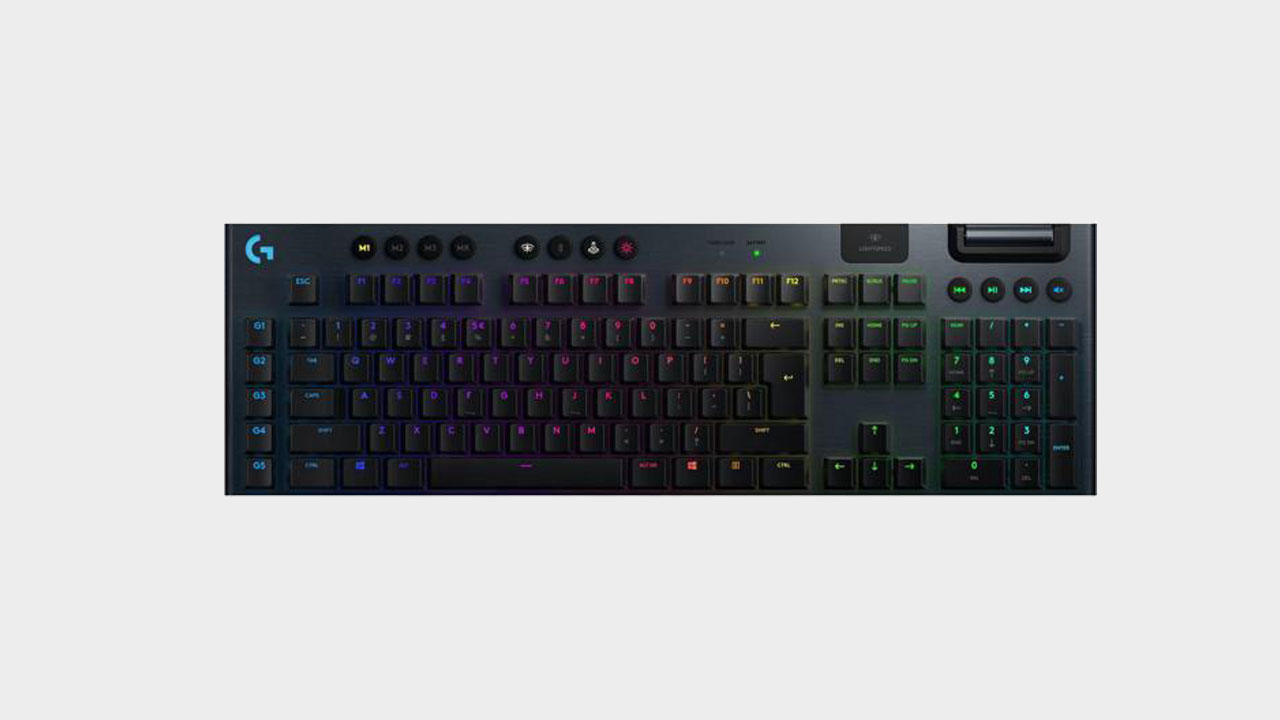
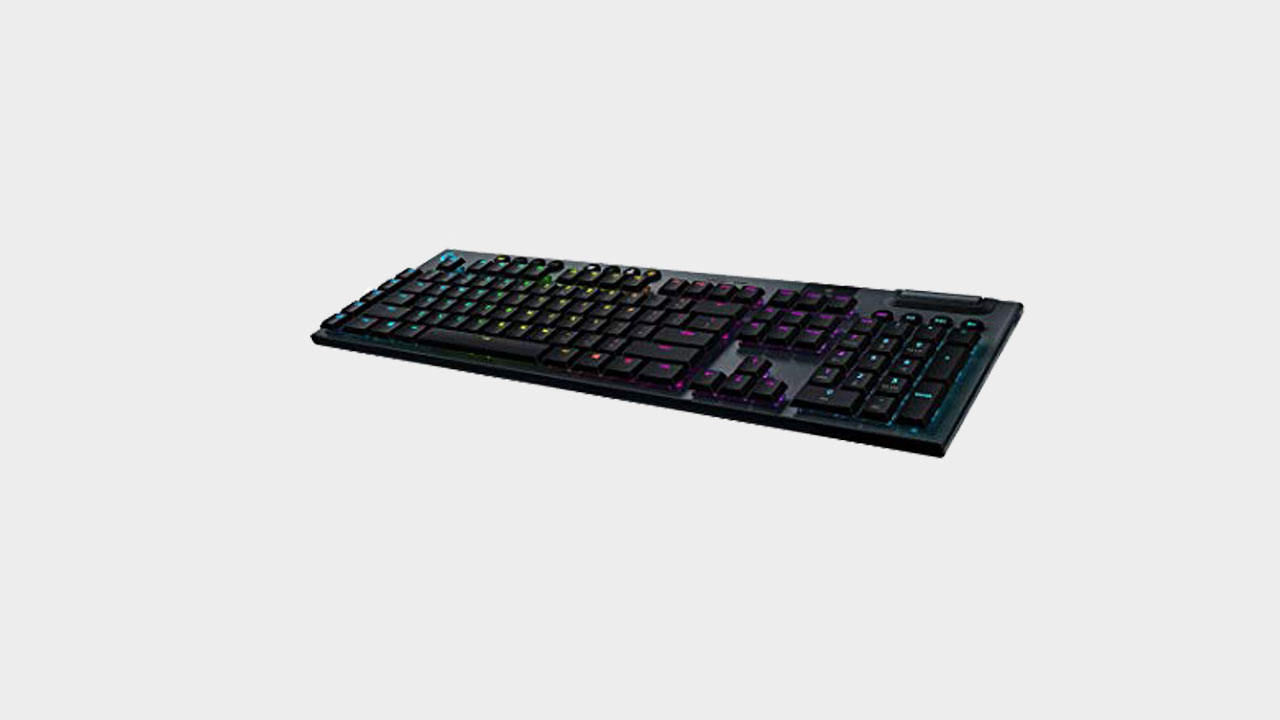
1. Logitech G915
Best wireless gaming keyboard.
Switch: Logitech Romer-GL (Linear, Tactile, Clicky) | Size: Full size | Macros: 5 | Backlights: Full | Passthroughs: No | Media Controls: Dedicated | Wristrest: None
Wireless keyboards have often translated to the antithesis of what a gaming keyboard should be, but the most recent wireless technology from Logitech, built into the G915, aims to break that notion. The low profile design features all the trappings of the best mechanical gaming keyboards available: a variety of mechanical switches, dedicated macro keys, media controls, and full per-key RGB lighting.
The G915 is slim, but remarkably dense, weighing a bit more than you'd think from the looks. The aluminum-on-plastic frame is incredibly sturdy and looks like a piece of modern art (in a good way). The real test, however, is in battery life, thankfully the G915 passes with flying colors, boasting a 30+ hour lifespan with full RGB brightness on a single charge. Turning off the RGB lighting extends that life dramatically, allowing it to function for up to 100 hours without recharging, but who's going to do that, eh?
The sole drawback to the G915 is its astronomical price tag. At an MSRP of $250, it's drastically more expensive than our favorite wired mechanical keyboard, the Corsair K95 Platinum. The G915 does, however, have an identical wired cousin, the G815, which is 'only' $200.
The Logitech G915 feels like a logical evolution of what a wireless mechanical keyboard should be—featuring excellent connectivity, impressive battery life, and an uncompromising array of features... to those who can afford it.
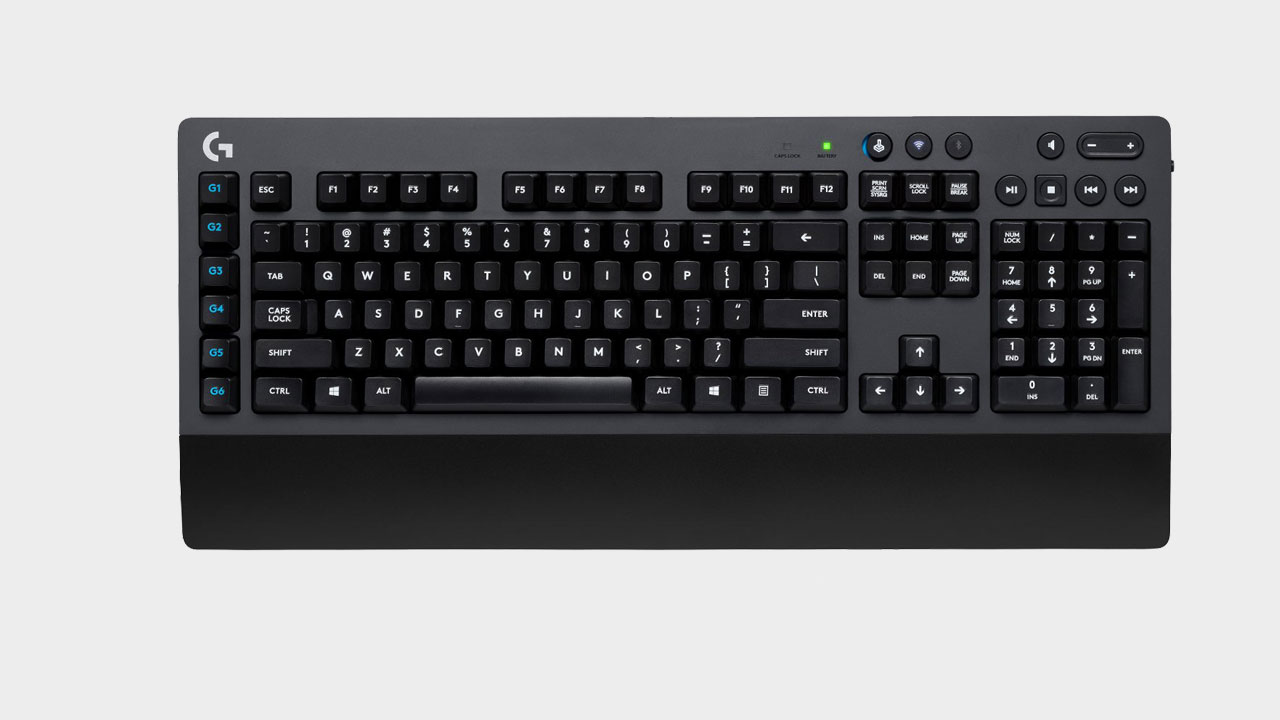
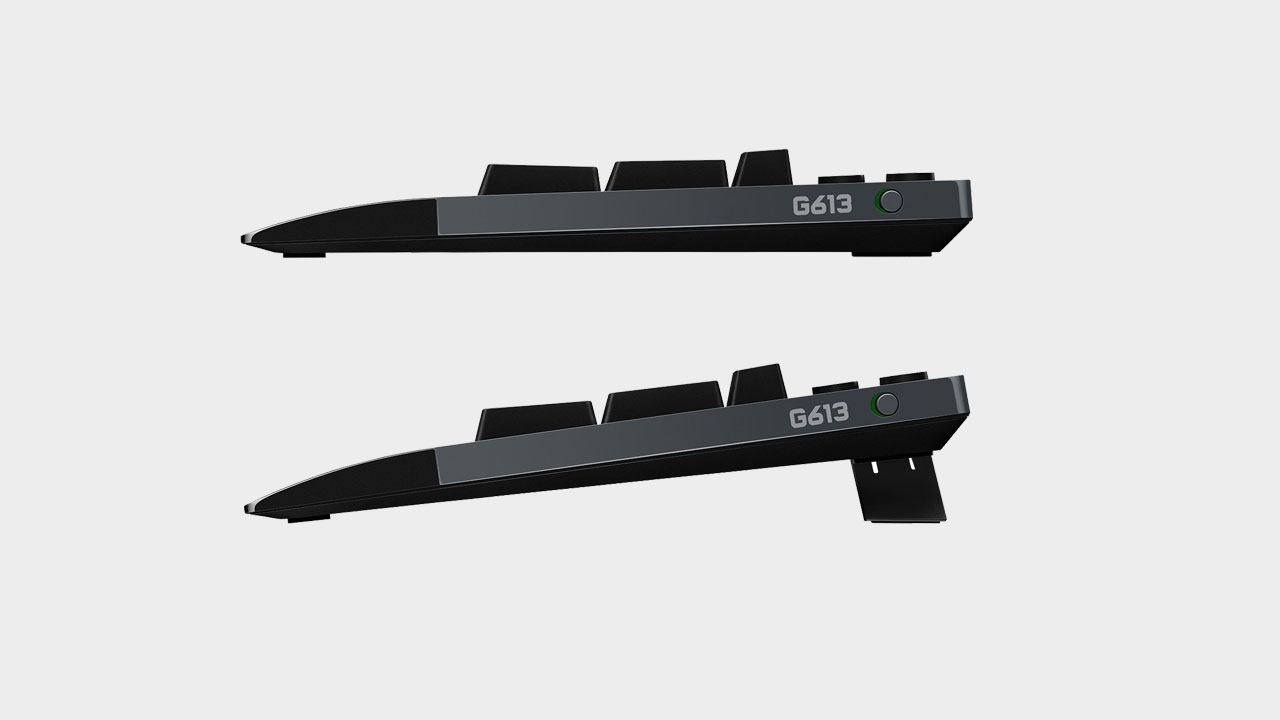
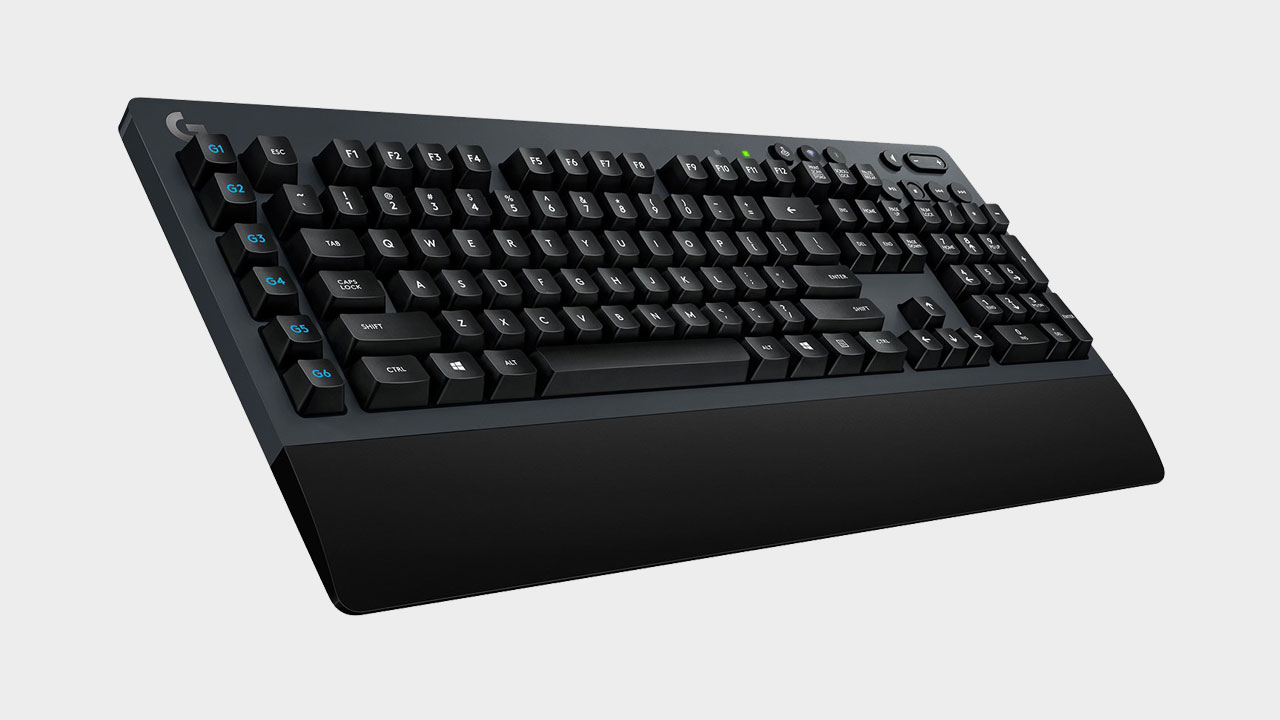
2. Logitech G613
Logitech's wireless tech at a more affordable price.
Switch: Logitech Romer-G Tactile | Size: Full size | Macros: 6 | Backlights: No | Passthroughs: No | Media Controls: Dedicated | Wristrest: Fixed
The technology behind wireless peripherals has come a long way, and Logitech's Lightspeed wireless connectivity is a prime example. The G613 never once dropped a connection despite the plethora of wireless devices on our desks. It matches wired peripherals in terms of stability and responsiveness. It's efficient too; a pair of AA batteries can push up to 18 months of continuous use.
Though it's designed for practicality first, it's anything but bland. A second glance reveals a row of dedicated macros, media controls, and a volume rocker. The grippy wrist rest is spacious too, although it's worth noting that it isn't removable. Understandably, backlights were cut to conserve battery.
This proprietary Romer-G switch features a travel distance of just 3mm and a subtle tactile bump. Its mild, quiet nature makes it suitable for both gaming and typing.
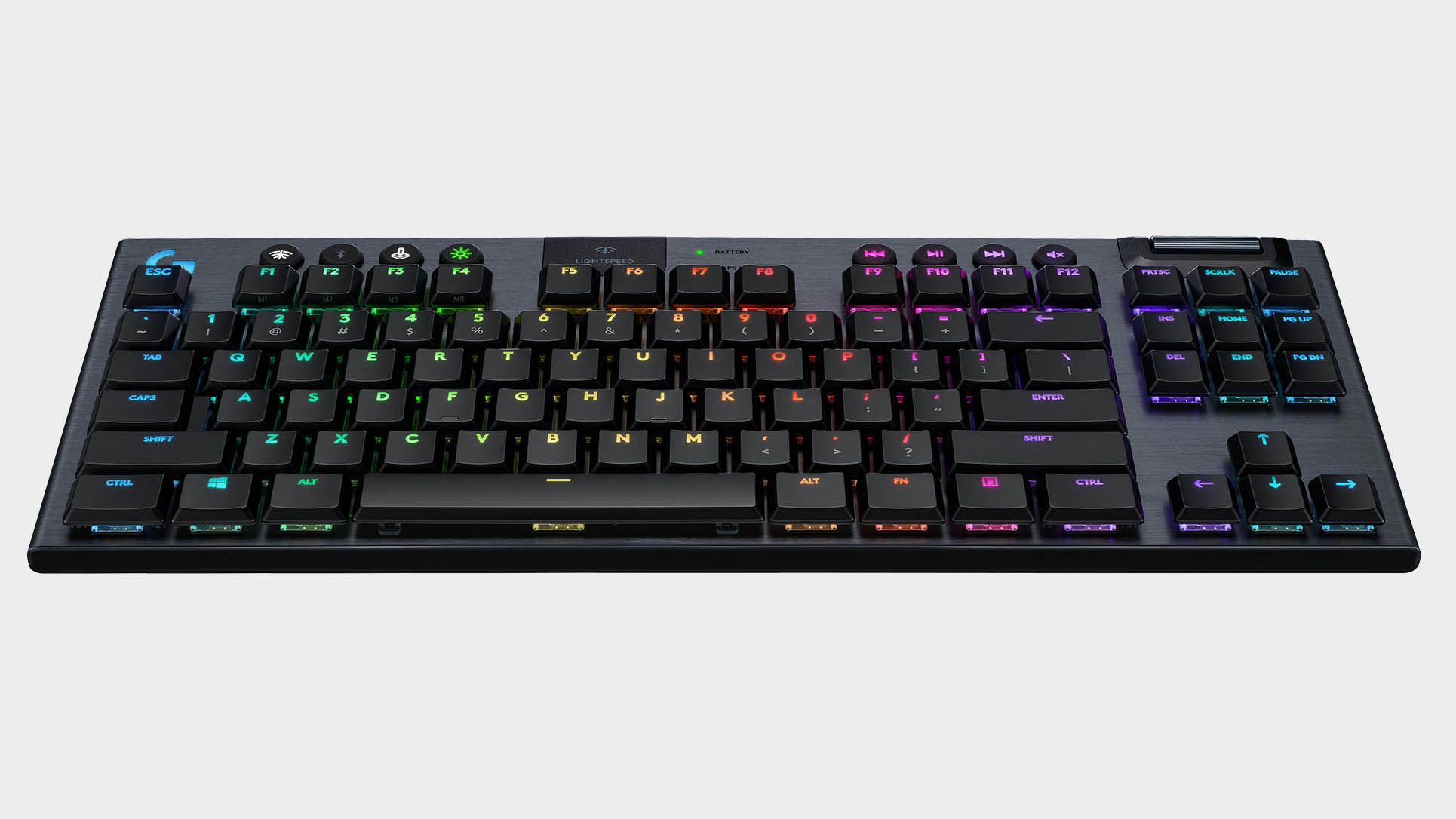
3. Logitech G915 TKL
The best compact wireless gaming keyboard.
Switch: Low-profile GL switches (clicky, tactile, and linear) | Size: TKL | Macros: Secondary functions | Backlights: Full | Passthroughs: No | Media controls: Dedicated | Wristrest: No
Completing a clean sweep for Logitech in the top three wireless gaming keyboards is the recently released G915 TKL. Like it's larger sibling it sports the same excellent Lightspeed wireless connection, and the same high-quality build and design. That means you get separate media controls and an aluminium-on-plastic chassis which makes it seriously robust.
You also get the fancy new Logitech switches, more closely aping the Cherry MX design than the original Romer-G switches. The low-profile Logitech GL, a variant of the Kailh Choc switch, is one of the best short-stack mech switches around, and is as responsive as it is diddy.
But you do have to make some sacrifices for the compact nature of the tenkeyless design, and that means no macro keys. Well, no physical ones anyway. The macros are now a secondary function of the F keys, and you can jump into the Logitech G software to prioritise them.
Which all means the G915 TKL is practically as good as the full-size board, packing almost all the functionality... and a similarly sky-high price too. Damn.
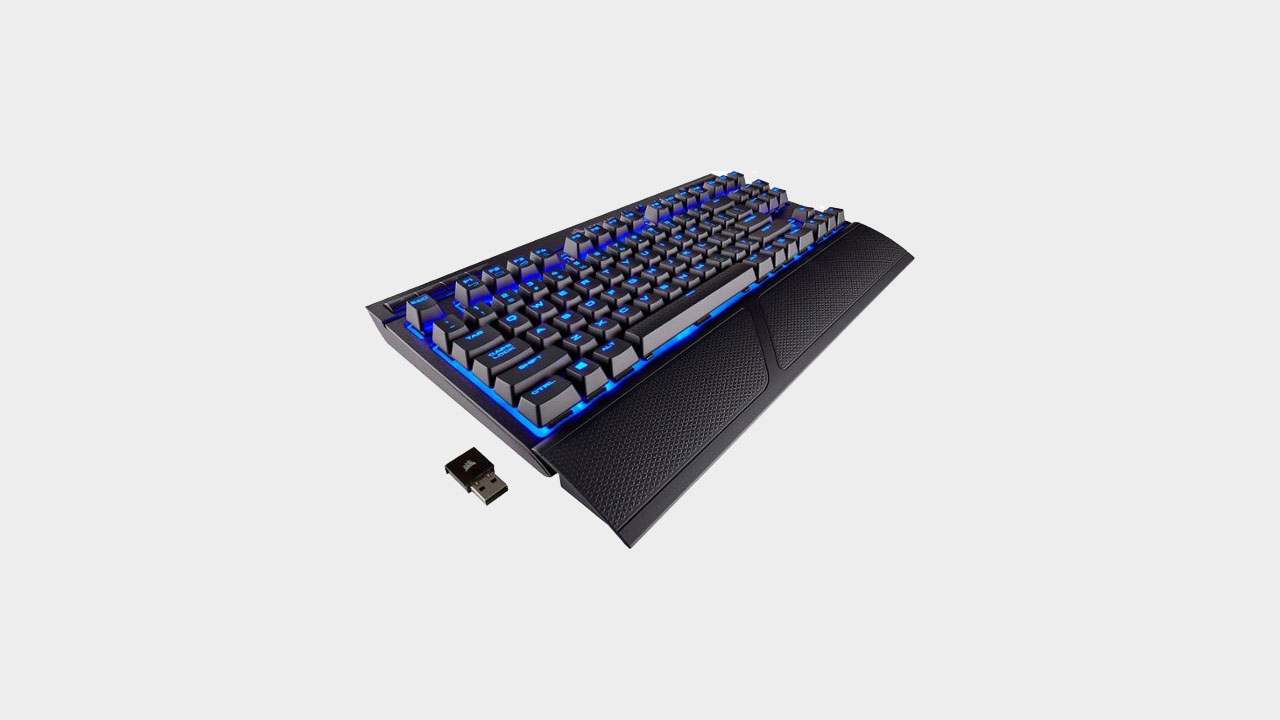
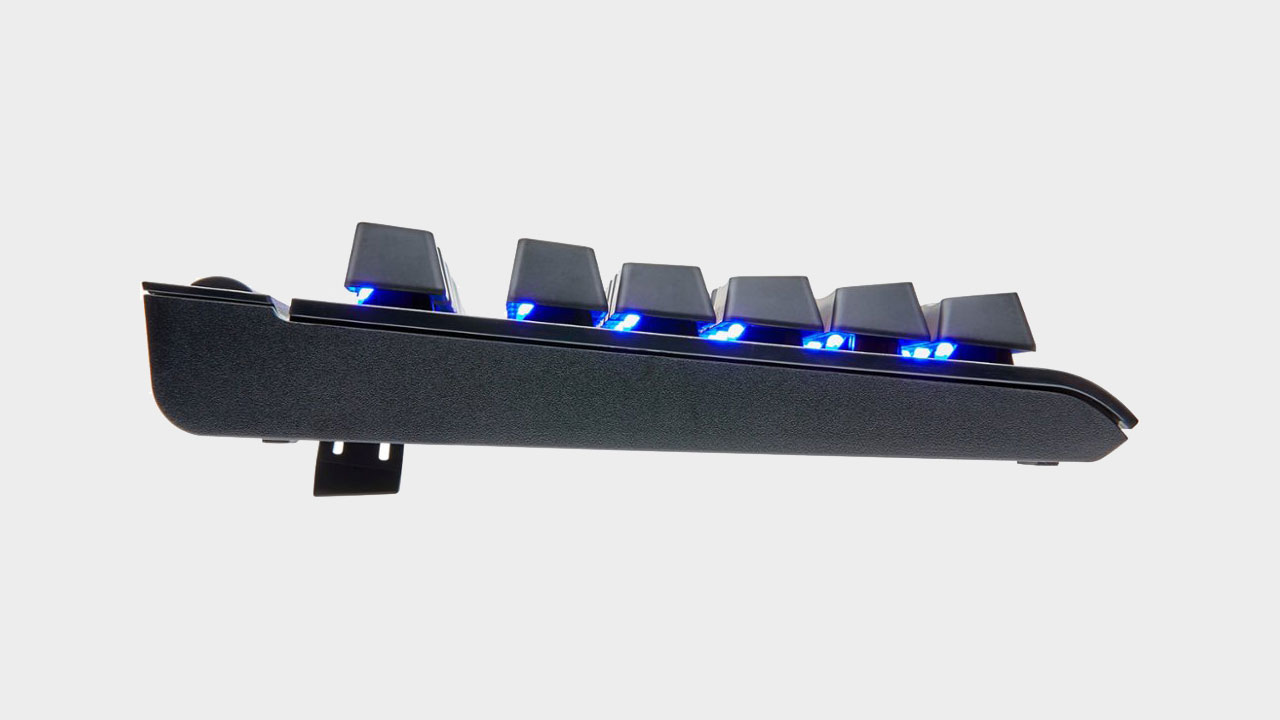
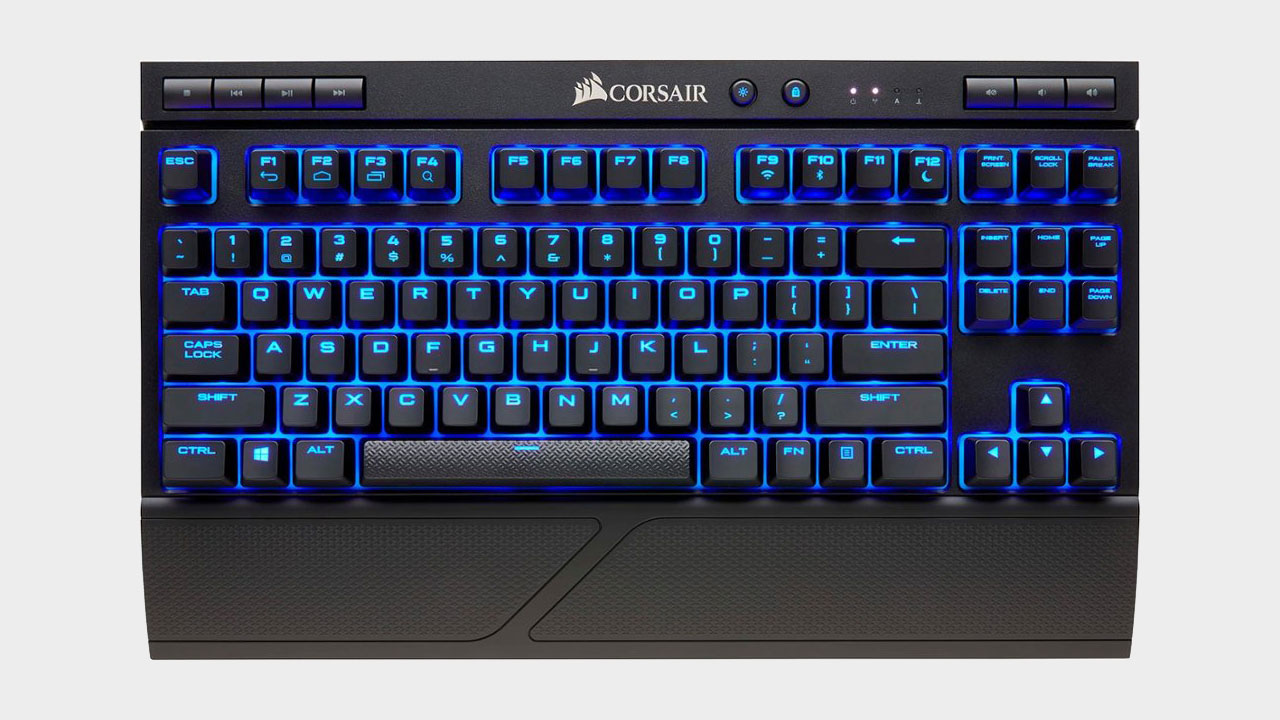
4. Corsair K63 Wireless
The compact Corsair alternative.
Switch: Cherry MX Red | Size: TKL | Macros: No | Backlights: Blue | Passthroughs: No | Media Controls: Dedicated | Wristrest: Detachable
The compact Corsair K63 Wireless comes packed with features. Cherry MX Red switches? Check. Media controls and wrist rest? Check. Blue backlights…check?
The reason for my hesitance on the last point is that the battery life of the K63 Wireless is already pretty abysmal without it. Its integrated rechargeable battery lasts a measly 15 hours with the lights set to medium and 25 hours at the lowest brightness. Corsair quotes the battery life to be 75 hours with the backlights off, at which point the inclusion of the backlight seems like a redundant decision. Corsair recommends plugging it in for uninterrupted gameplay, but doesn't that defeat the purpose of a wireless keyboard?
Battery issue aside, the K63 Wireless is a solid board. The keys are responsive, and all its handy features make getting through your day a little easier. As it stands, there's no better option if you need a compact, wireless mechanical keyboard. You can also seat the K63 wireless in the Corsair Lapboard for gaming in the living room. Neat.
Best graphics cards | Best gaming mouse | Best gaming chair
Best CPU for gaming| Best wireless gaming mouse | Best gaming chair
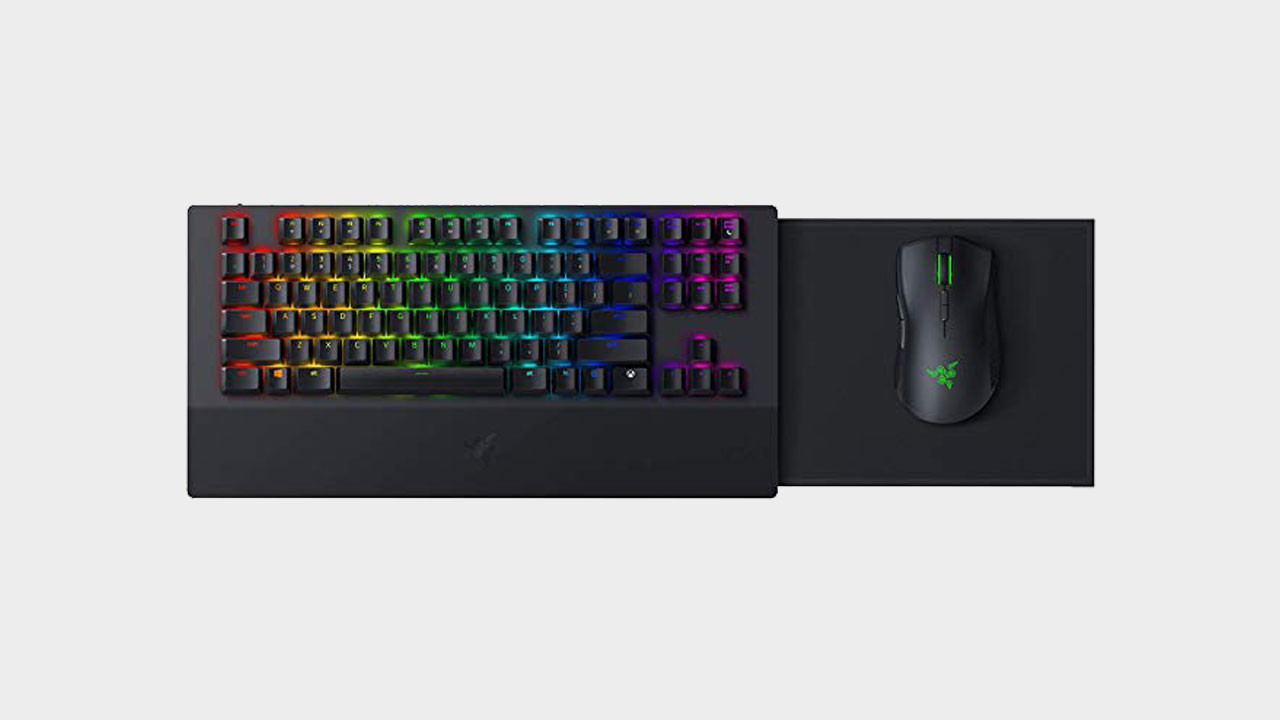
5. Razer Turret
High end wireless gaming mouse and keyboard that also works with console
Switch: Razer Green Tactile | Size: Full size | Macros: No | Backlights: No | Passthroughs: No | Media Controls: No | Wristrest: Fixed
If you want to solve several cord-related issues with a single blow, the Razer Turret has you covered. It's an excellent, sturdy mechanical keyboard (modeled after Razer's BlackWidow and packing clicky, tactile Green switches) with a built-in, retractable mouse pad, paired with a top-shelf wireless mouse. The turret works seamlessly with both PCs and Microsoft's latest family of consoles, the Xbox One.
Retailing at $250, the Turret is right around the price you'd pay for a perfect wireless gaming mouse and keyboard independently, and you're getting quality products for your money. The Mamba-equivalent of the Turret performs as well as its separate counterpart, with a 16,000 DPI sensor and a robust IPS rating, and the keyboard is indistinguishable in terms of performance from Razer's BlackWidow. It's a great way to clip two cords at once and built tough to endure your most violent tantrums.
How we test wireless keyboards
The determining factor of wireless keyboards starts at the stability of its connection. Regardless of the wireless connectivity technology used, the board must be able to sustain a stable, responsive connection at all times. That's the paramount characteristic we pay attention to throughout testing.
To gauge the performance of the board itself, we apply the same testing suite used for our best gaming keyboards. Each board is run through several matches of Starcraft, Call of Duty: Warzone, and a few combat sequences in the Witcher 3. We take keen notes on the performance of its switches. Are they responsive? Were there any essential skips or ghosting?
Due to the inherent limitations of wireless connectivity, some features just aren't possible for wireless keyboards. USB pass-throughs are out of the question. Audio passthrough, on the other hand, is doable, but they're often omitted due to the subpar sound reproduction since audio signals are much more susceptible to noise. Backlights are a double-edged sword: they enhance the aesthetics but are also taxing on the battery.
Which brings us to battery life. If the keyboard continually needs to be charged or eats a deck of AA batteries a week, then its wireless nature becomes a liability rather than a selling point. The type of battery also matters: integrated batteries saves you money, but can wear out over time. Removable batteries can be swapped out and instantly charged, but they tack onto the cost of the keyboard.
from PCGamer latest https://ift.tt/3goY7bU
ليست هناك تعليقات:
إرسال تعليق